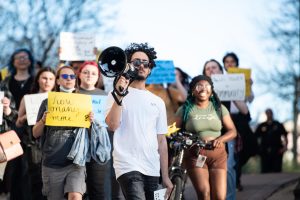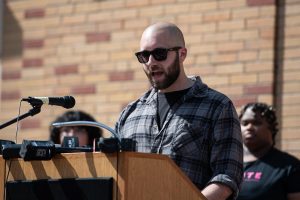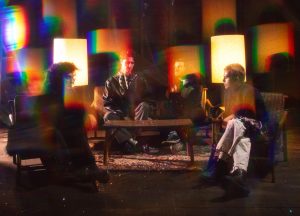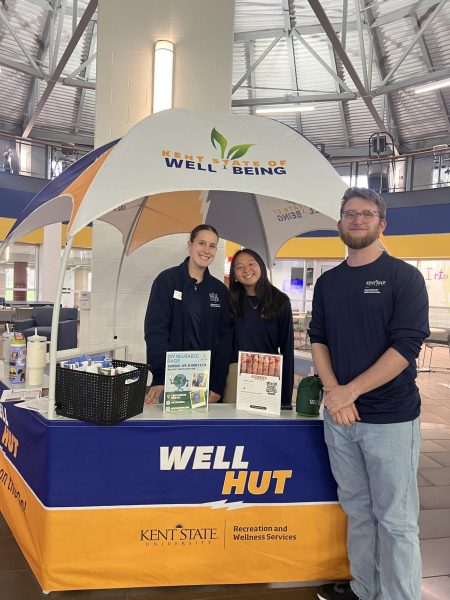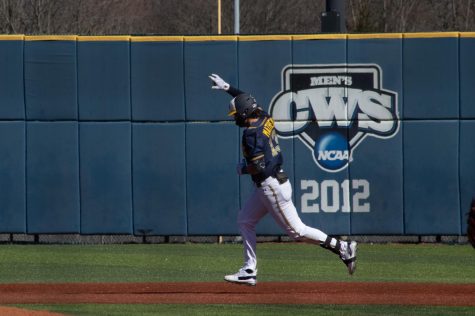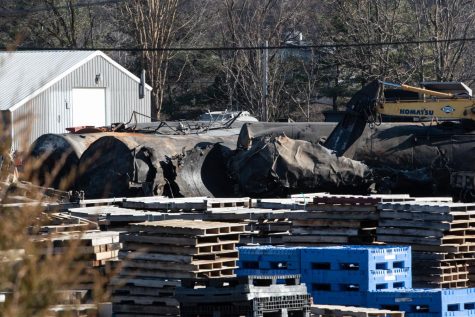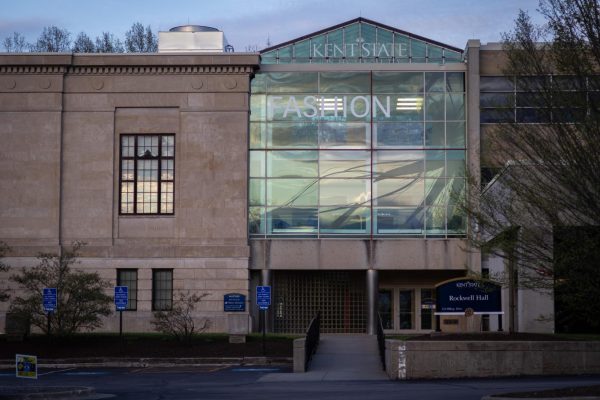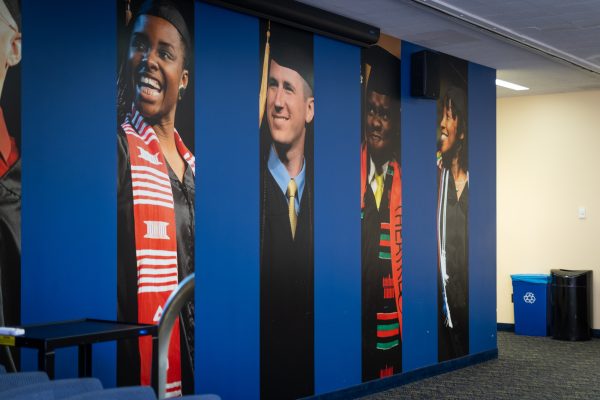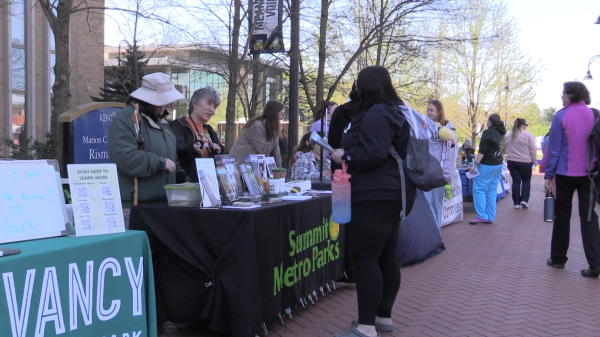Professors see greater diversity; share opportunities with others
October 31, 2008
Since Civil Rights era, KSU has changed
For two Kent State professors, the environment in which they teach looks a lot different than it did when they were students just a few years after the Civil Rights movement.
“In the ’60s – early ’70s, because of the times, students had more of a focus on what I would call black consciousness,” said Timothy Moore, associate dean of the College of Arts and Sciences. “We were very conscious of our new designation of being black people or African-American or Afro-American. We were part of what we felt needed to be a revolution in America; some people in the ’60s were talking of the Black Revolution.”
Moore said during the time he was a student at Kent State, the university was receptive to the requests of black students because across the nation, these students were asking colleges to establish black studies programs.
But not everything was all-smiles.
“When I was an undergraduate student in this school, (in) most of my classes I was the only African-American,” said Eugene Shelton, assistant professor of journalism. “The only time when I was in class with other African-Americans was the large lecture classes, like psychology, biology or sociology.”
But Shelton said this situation prepared him for what he faced after graduation.
“Initially, I was certainly intimidated, but as I stayed around here, I became comfortable,” Shelton said. “So, when I left Kent I was comfortable in being in an all-white environment.”
For Shelton, a vast improvement since 1972, when he graduated from Kent State, is how classroom environments have changed.
“There are so many students of color now,” Shelton said. “I know that I have African-Americans, I have a few Hispanics, some Asian-Americans in all my classes. But of course the majority of my students are Caucasian.”
Moore graduated from Kent State with a degree in graphic design and never imagined he would be a professor. But after receiving his diploma, Moore changed his plans.
“At that point, I was pleased to have learned about my own heritage that I was also pleased to have the opportunity to share that with other students in the classroom environment and that’s what led to me becoming a teacher,” Moore said.
Thirty-five years into teaching, Moore said he has observed how the demographics of his students have diversified.
“Through the years I’ve seen more and more white students and Hispanic students and Asian students taking the chance and coming into our classes,” Moore said. “As time has evolved, I’ve seen a significant change where some black students now may not even feel that they need to take black studies because they’re black.
“But they just don’t know how much is kept from us that we need now can help rectify the story by what we offer in our classes.”
Moore said current students are more open to going outside the box than their parents or relatives were.
“Your generation is much more open and willing to embrace friendship of all colors, gender, religions and recognizes the world as one humanity.”
But he said students do not recognize the power that they have as a collective group to bring about change to a university campus.
Contact minority affairs reporter Regina Garcia Cano at [email protected].







